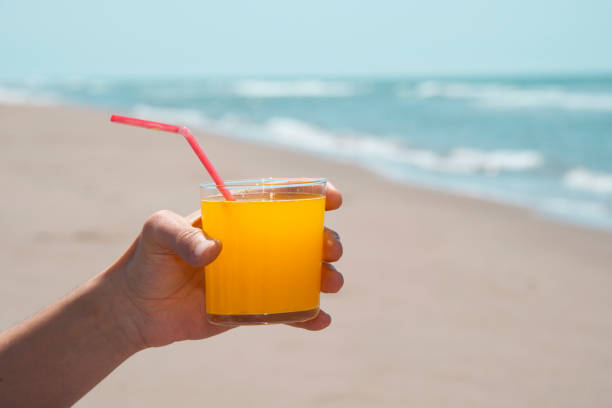Inflation is slowing down but our breakfast is becoming more expensive. While commodities markets are down in the past year, some of the food that is sitting out our table in the morning had spectacular increases, writes eToro analyst for Romania, Bogdan Maioreanu.
Cocoa prices rose over 60%, sugar over 45% but maybe the most spectacular increase was in the orange juice that has doubled in price this year. The rally has taken its price of orange juice concentrate into uncharted territory over $4/lb and to near twice its prior all-time highs. At these very high levels we have seen some decrease in pricing in the past week but the price is still up over 80% from the beginning of the year.
The rise is fundamentally propelled by supply disruption, may worsen with an intensifying El Nino, and has no quick fix with inventories low and orange trees taking 4-15 years to mature. This big orange juice price increase of 2023 has been driven by shrinking supplies from dominant producers Brazil (70% of total), Mexico (11%), and especially the US (6%). All have been hit by a combination of weather disruption and spreading citrus-greening disease.
The citrus – greening is an incurable disease that affects citrus trees like orange, tangerine, lemon, limes, pomello, grapefruit and other similar fruits. In oranges it results in smaller bitter and misshapen fruits that cannot be used for consumption or other uses. It is spread by a bacteria and is carried out by an insect called psyllid. There is no known treatment, the affected trees must be destroyed.
Global orange juice production is estimated to be 9% lower to 1.5 million tonnes, with US production down by a third for the period 2022 – 2023. This has come as overall demand has remained flat, with secular weakness in Europe and the US offset by strong emerging market growth from China and big orange juice producers Brazil and Mexico. In fact, the global orange juice consumption has been in steady decline since 2014, from 1.36 litres per capita to a low 1.07 litres last year.’
But estimates are that we will see a flat consumption in 2023 to 2026 of about 1.11 litres per capita with a steeper decrease again to 1.07 litres in 2027. Whilst global inventories have fallen four fifths in recent years giving little flexibility to handle any disruption.
Rising breakfast commodity prices will also hit the supermarket shelves. Already, according to September data, in Romania the prices of citrus fruits and other meridional fruits increased 10% from the beginning of the year while prices of other fresh fruits rose only 2%. Coffee and cocoa prices rose 8% but sugar decreased almost 5%.
But on international markets some prices evolved spectacularly. We created an equal-weight basket of nine popular breakfast items – the breakfast index – and it surged 25% this year vs a 4.6% fall for the Bloomberg commodity index. Gains this year are led by orange juice (+100%), cocoa (+60%), sugar (45%), oats (+15%), pork (+15%).
This more than offset lower wheat (-25%), milk (-10%), coffee (-4%), and tea (-2%). This is a threat to the recent falls in consumer food prices that have helped drive lower inflation.
Cost of breakfast food staples up 25% in two years ⋆ Universul.net

















